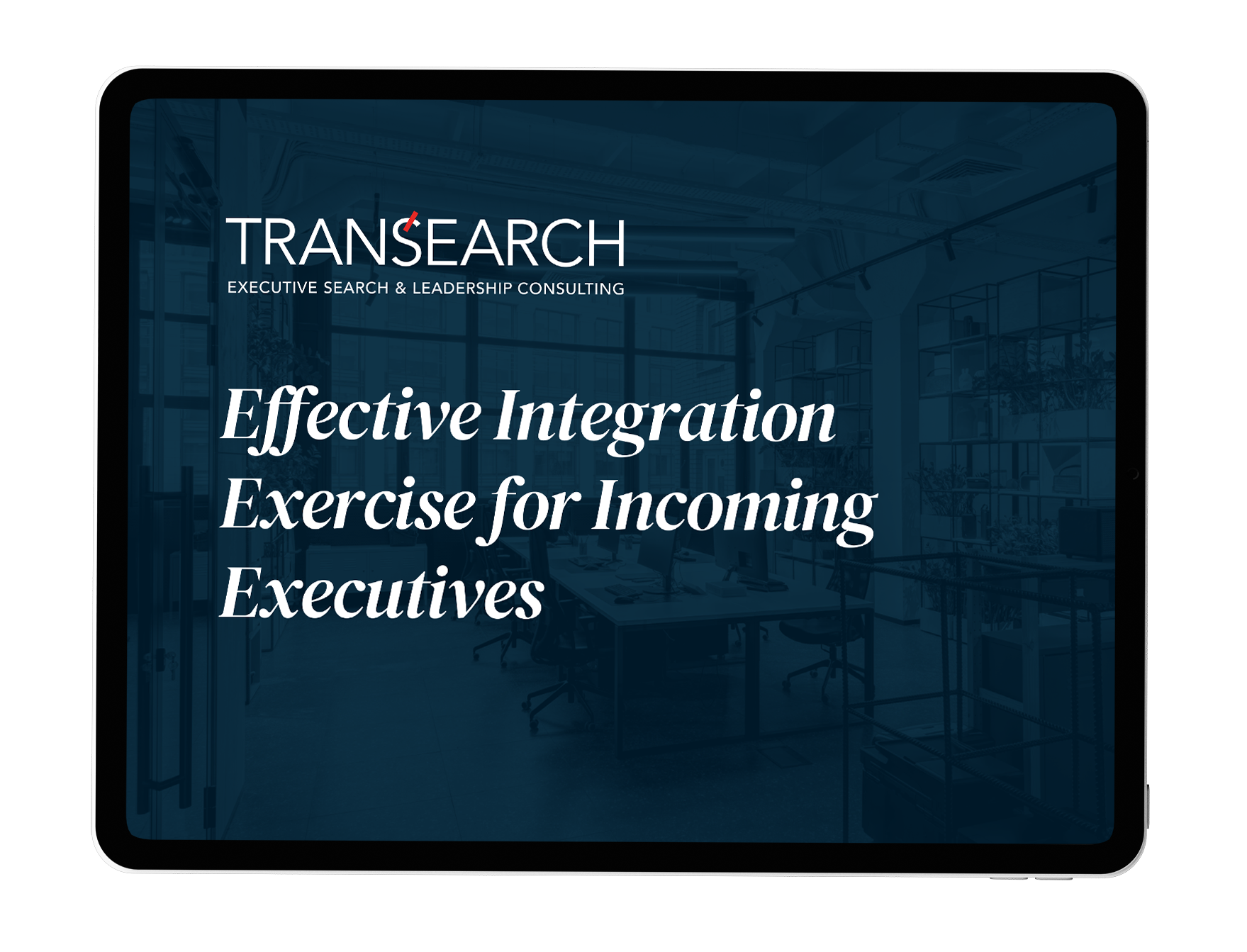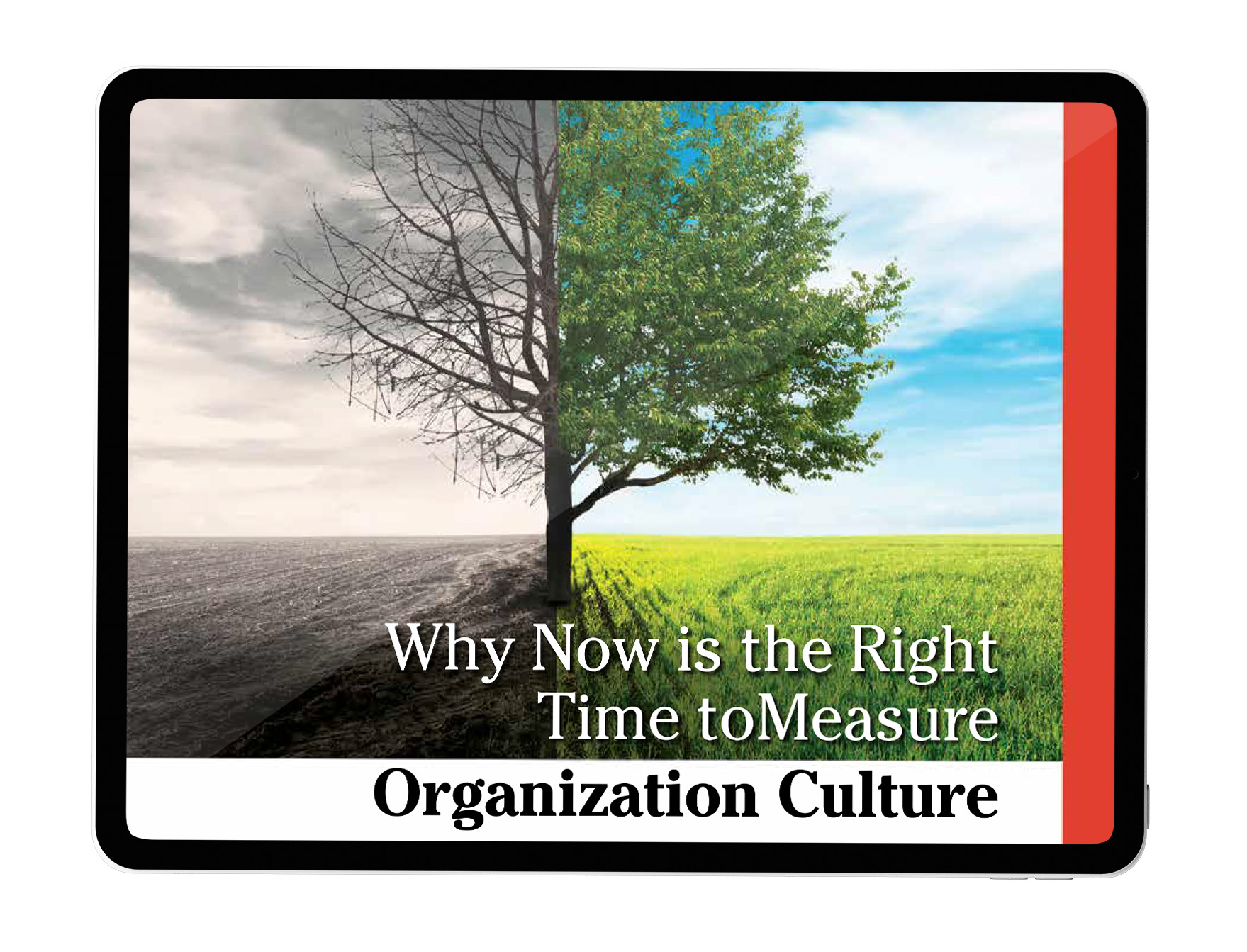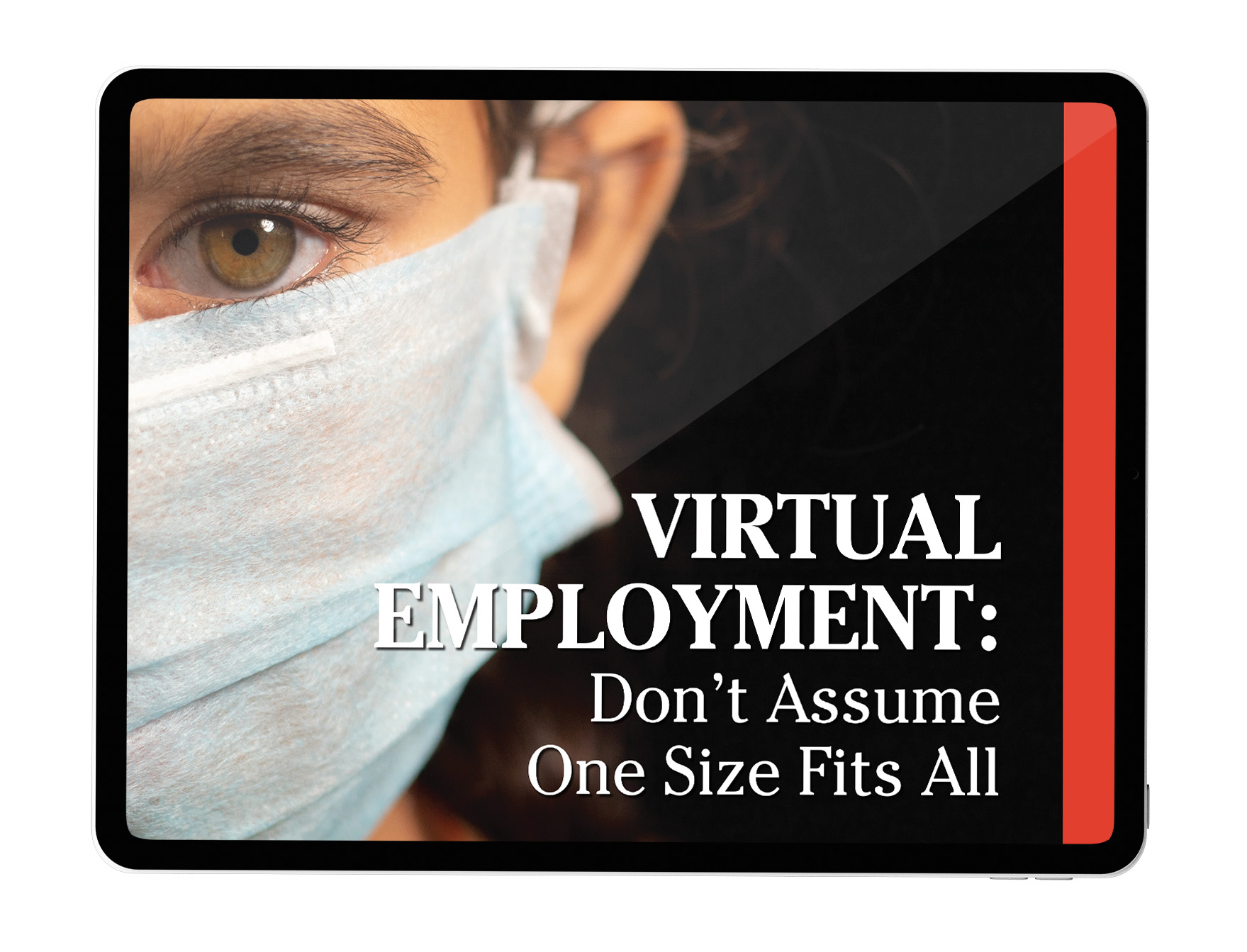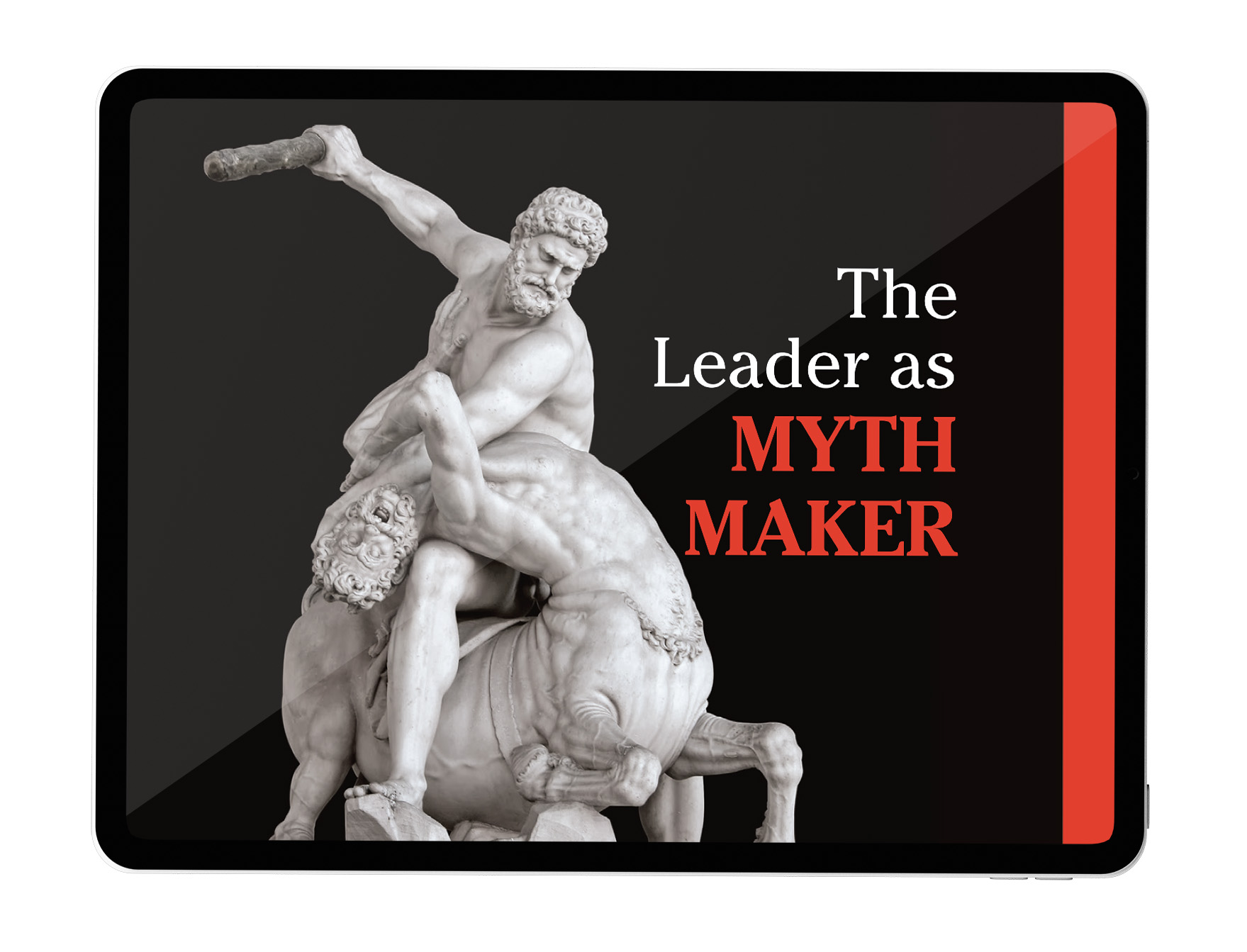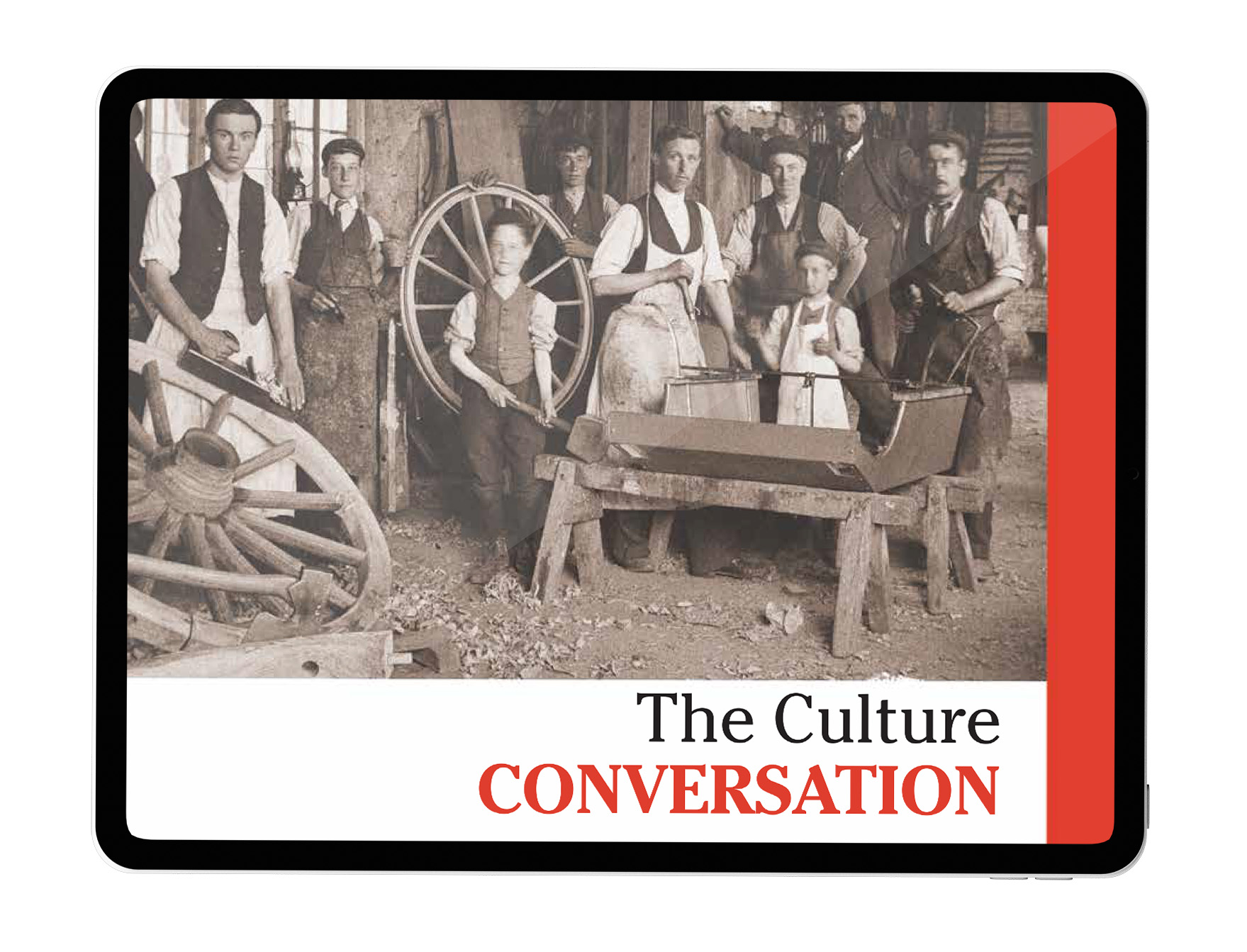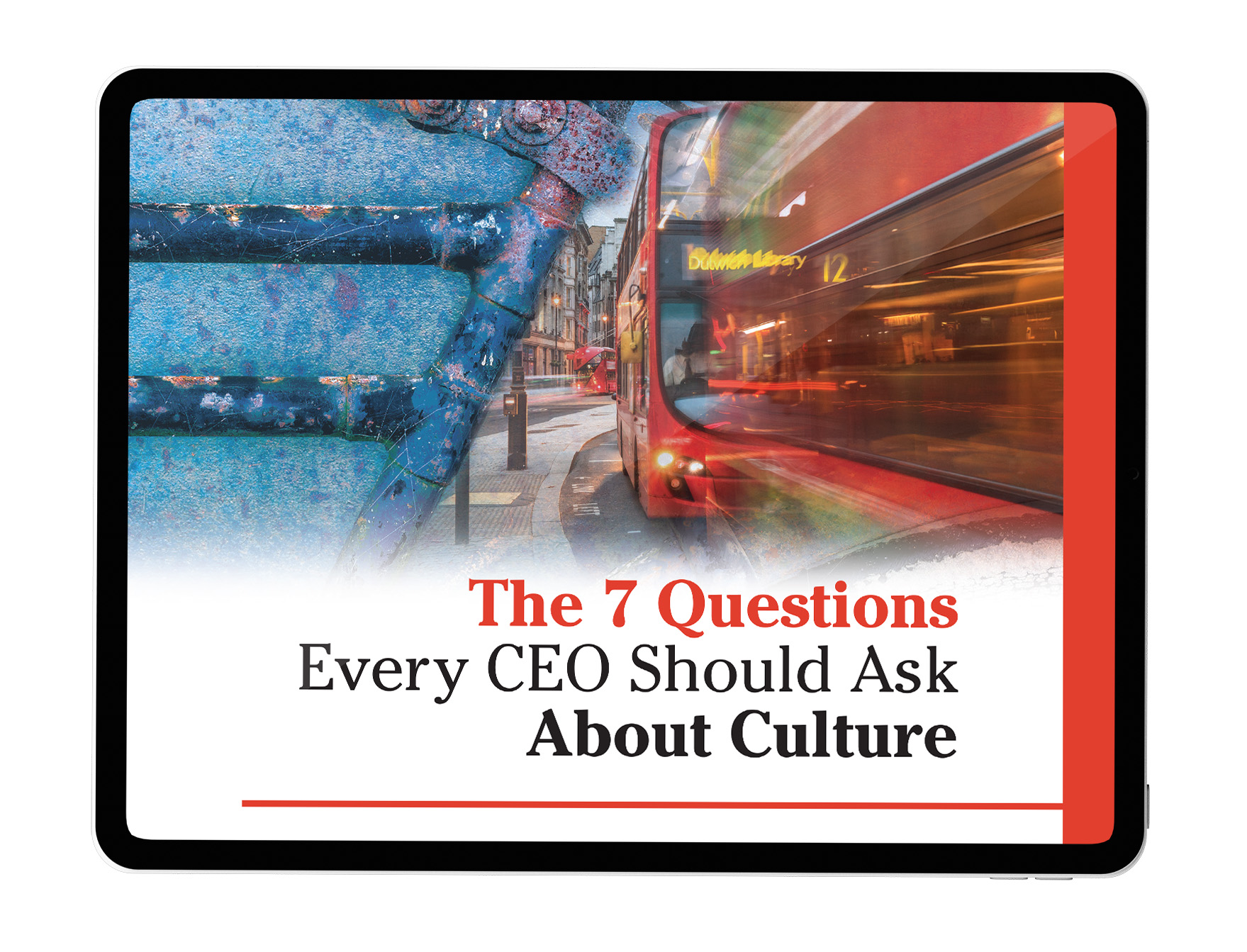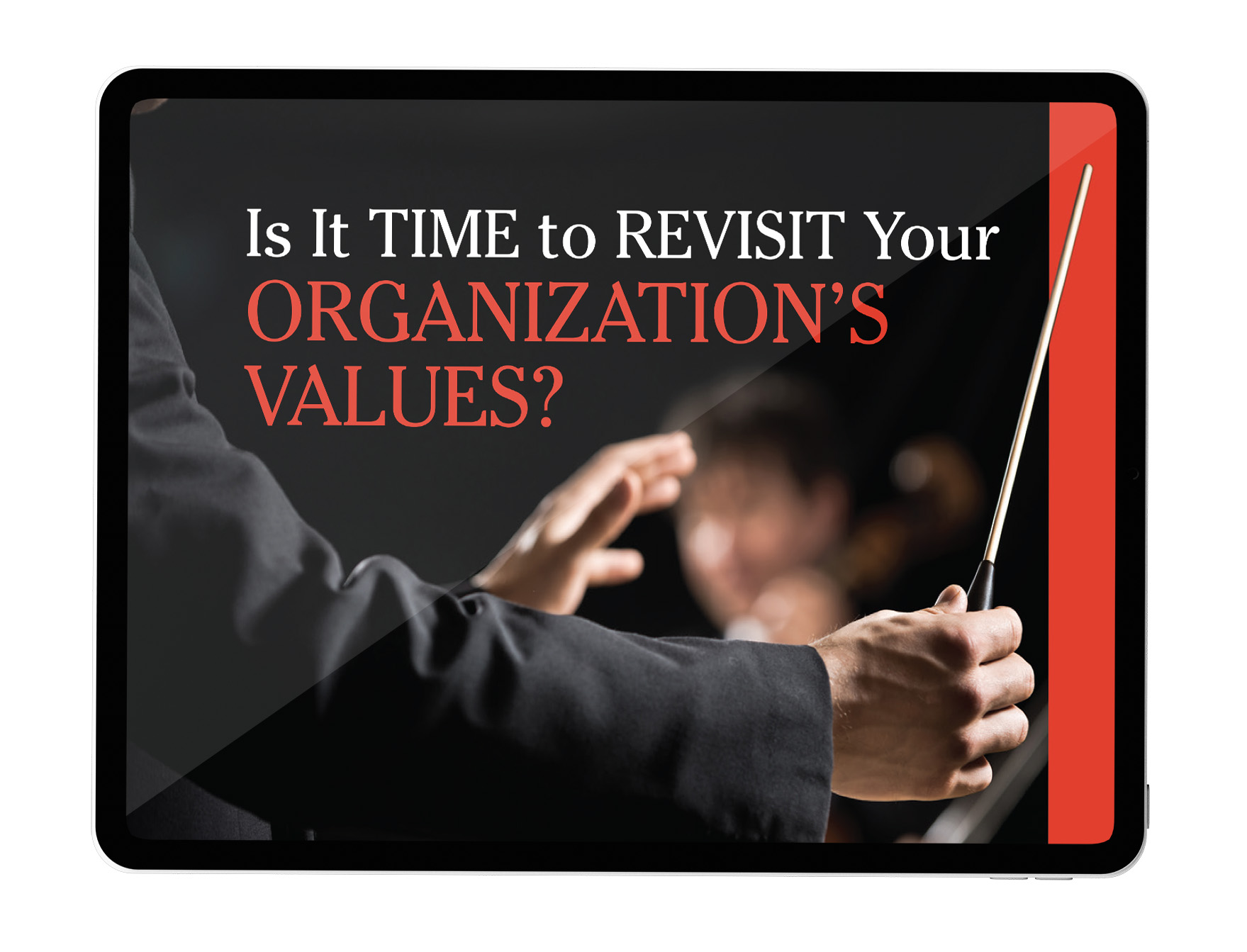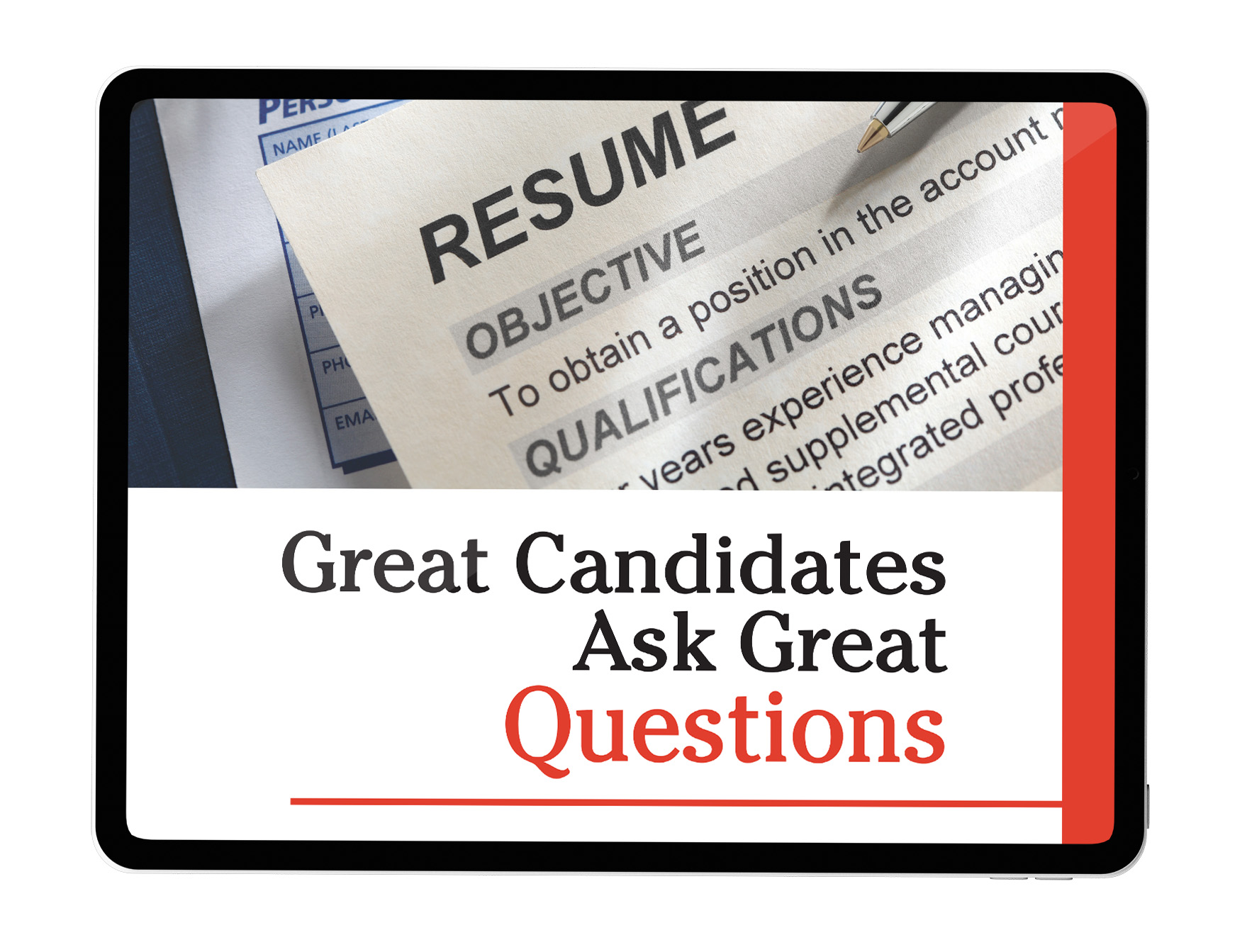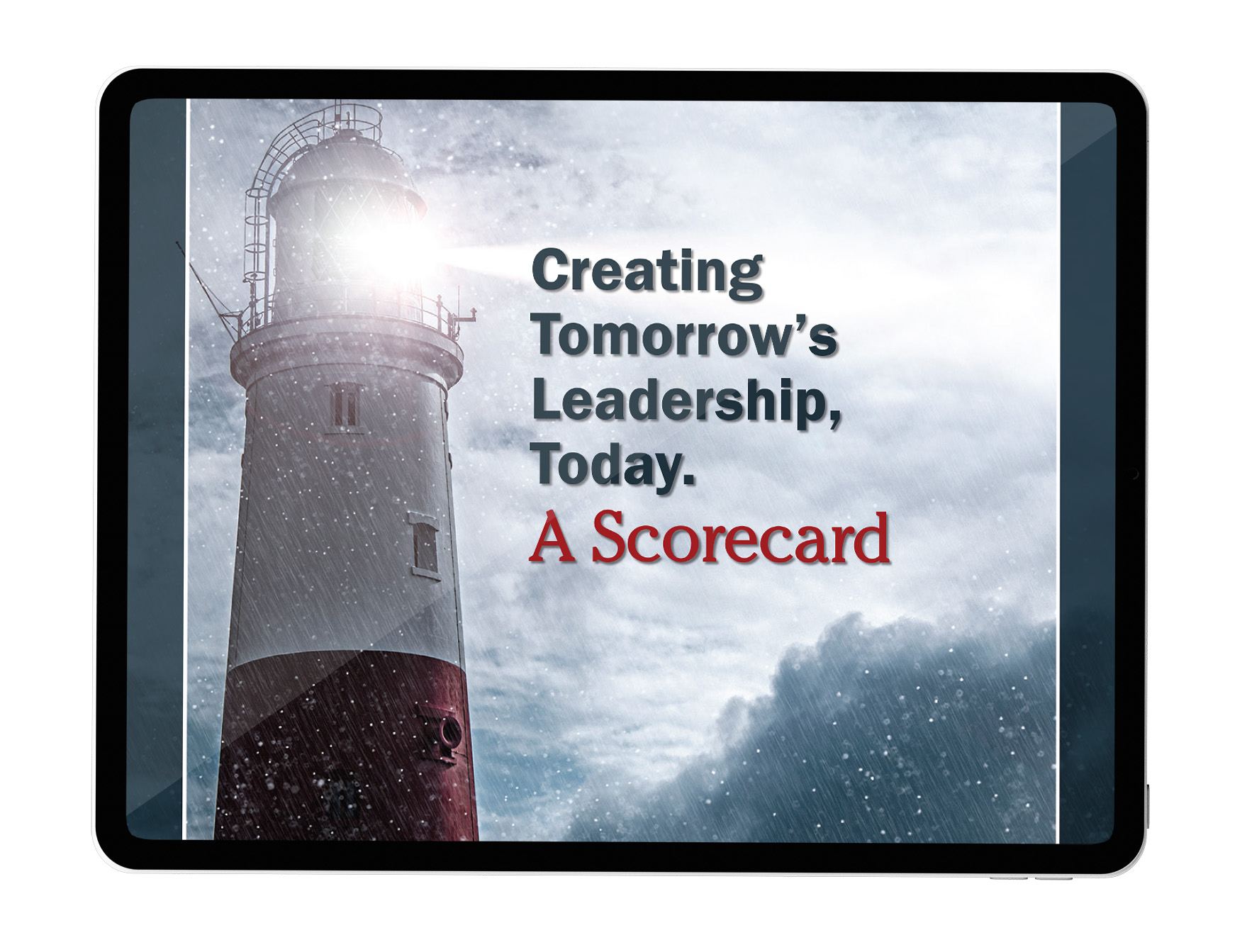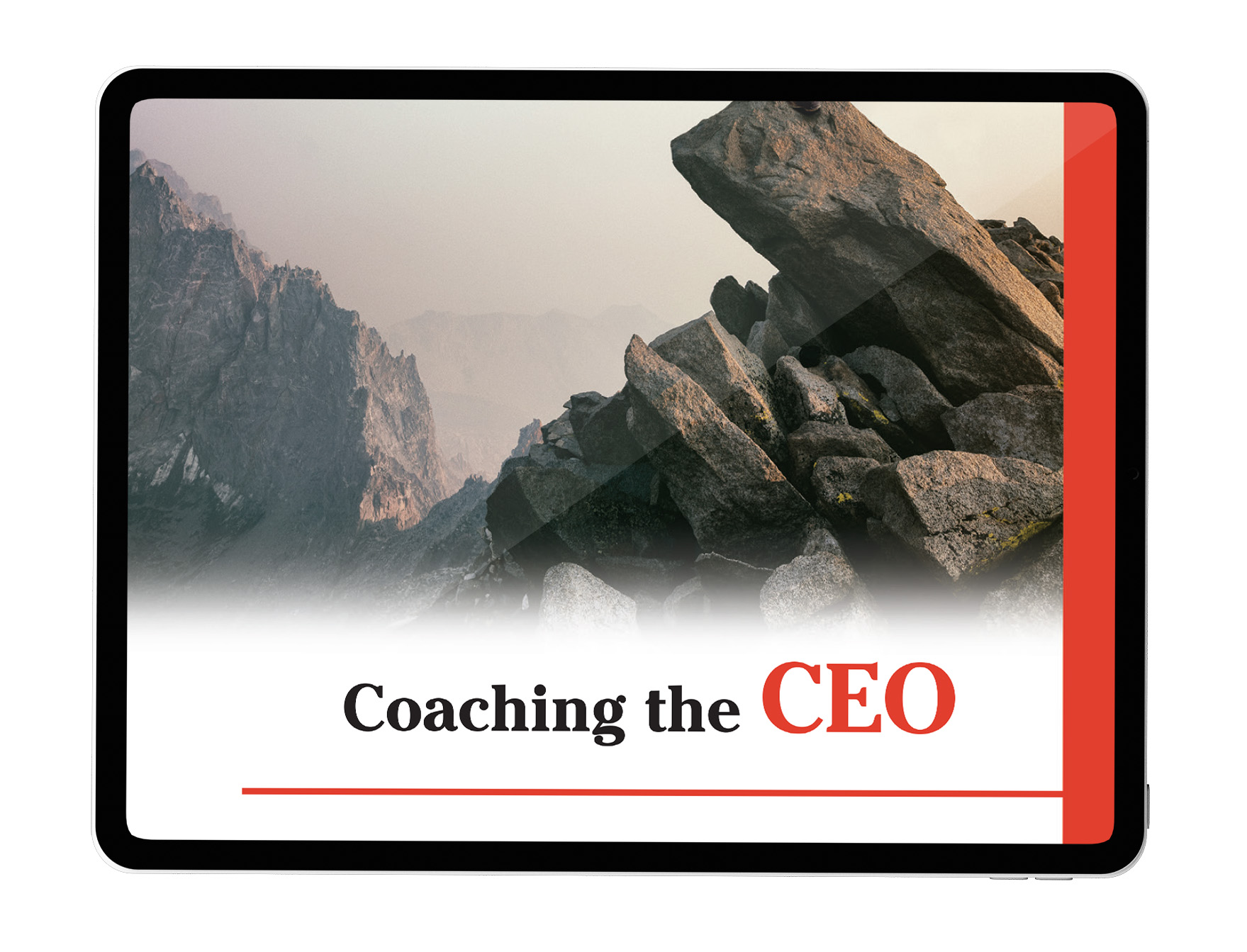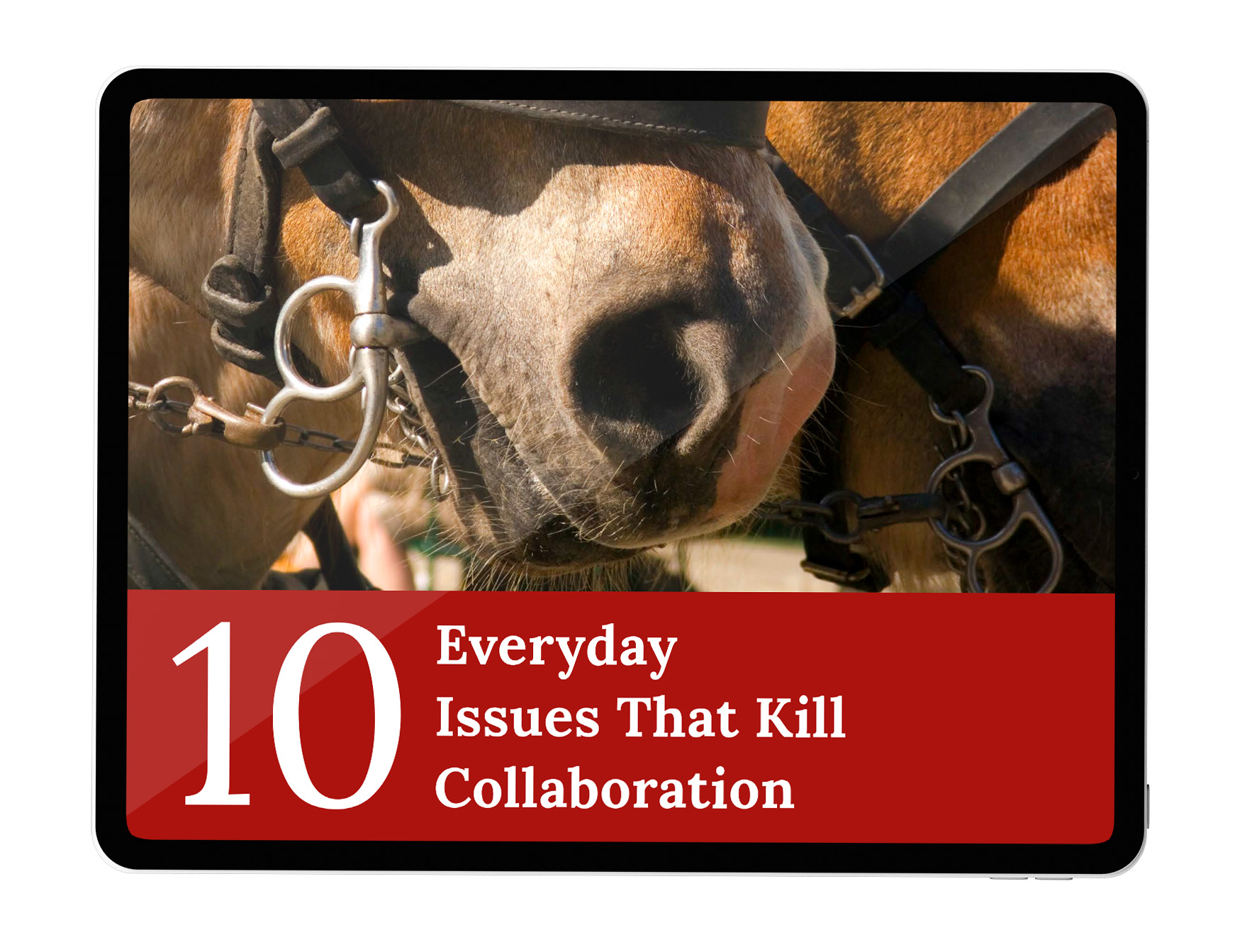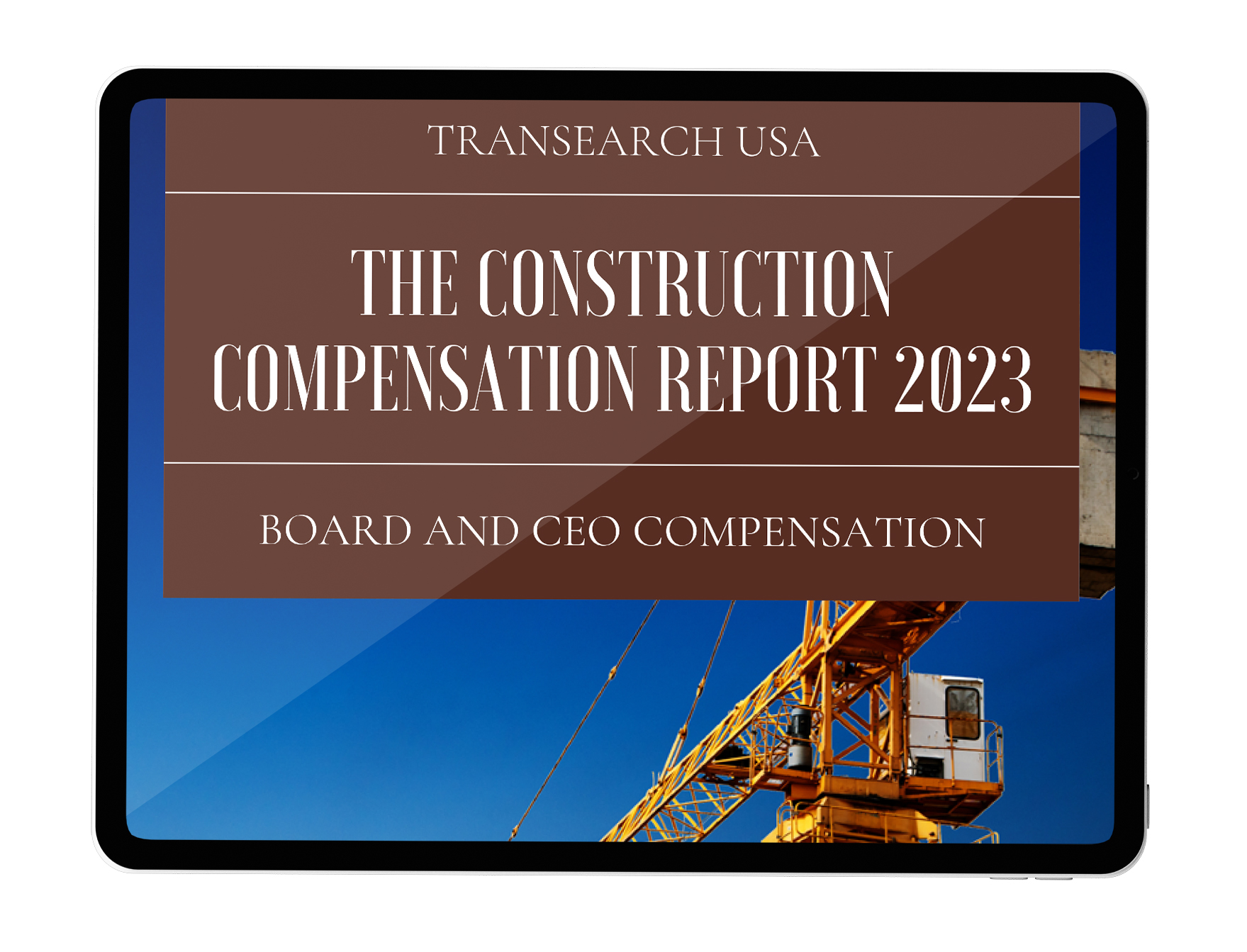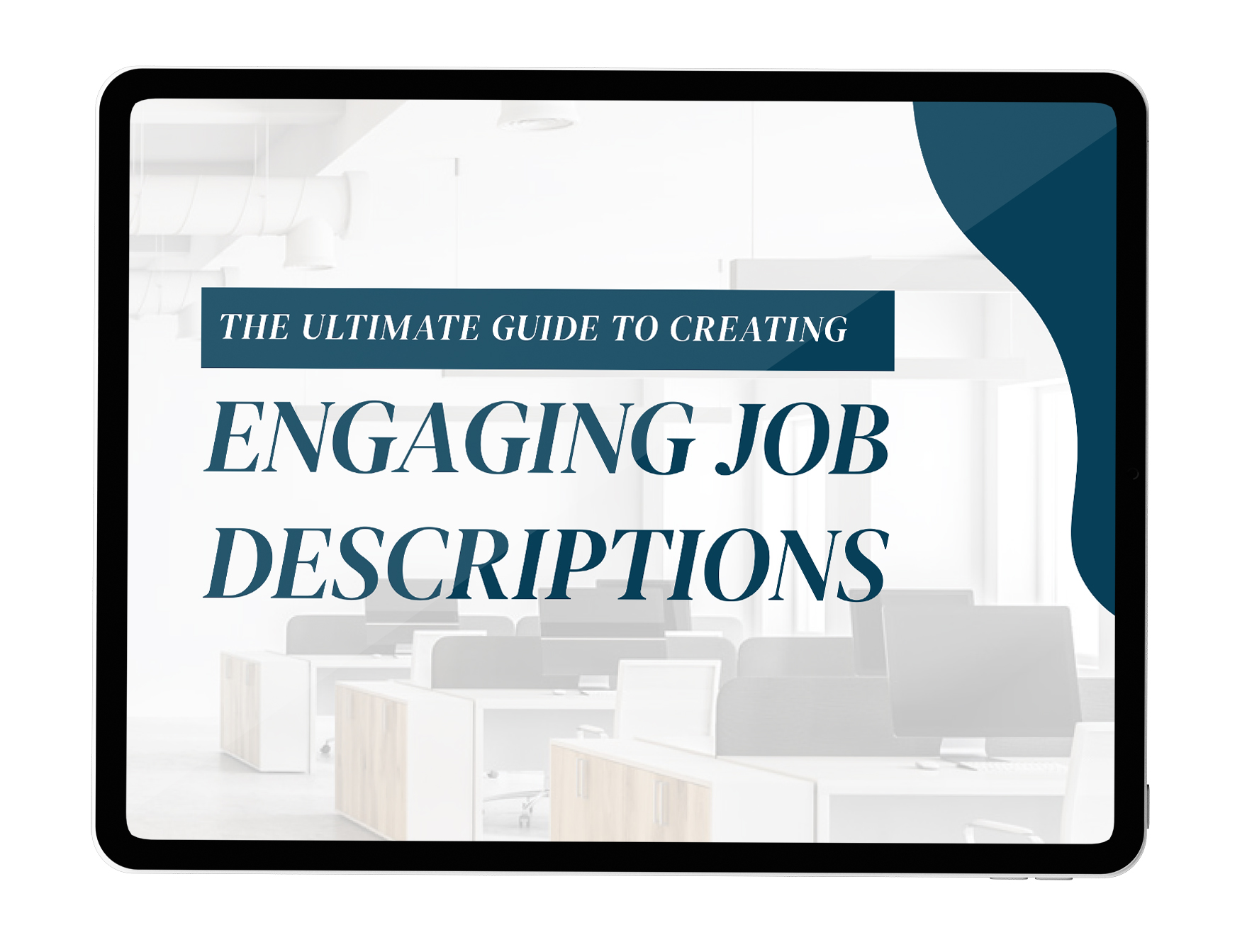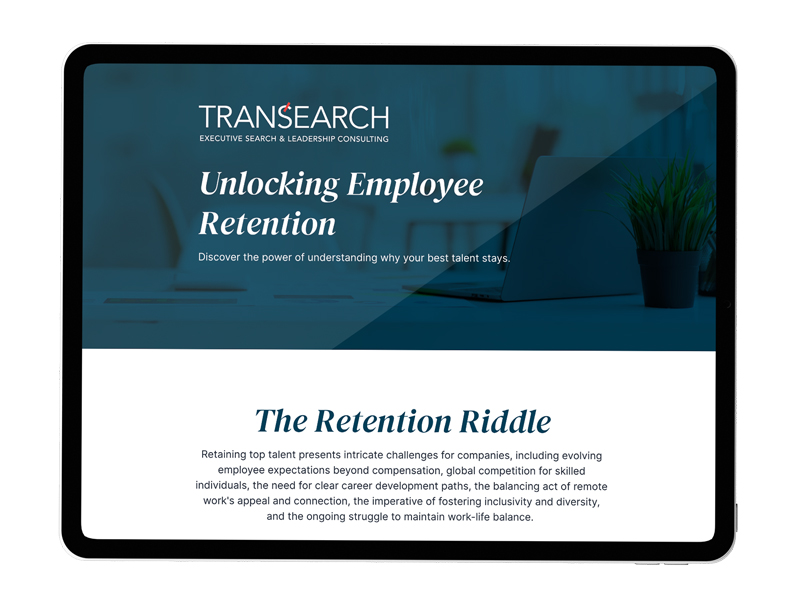Almost every company in America, large or small, is feeling the pressure of the current labor market. I have been part of talent acquisition in some form for over 15 years and this is by far the most candidate-driven market I’ve ever witnessed. Not only are prospective candidates receiving multiple offers, but the rate of counteroffers from their current employers has astronomically risen. In a market such as this, company leaders and hiring managers are having trouble differentiating themselves from the competition to recruit and hire talent. At TRANSEARCH, we work with our clients to leverage the most used recruiting tool, the position description. Here are a few of our recommendations to help you craft compelling job descriptions that help you stand out in this candidate-driven labor market:
Pitch your prospective employees like you would pitch for new business
Think of a job description as your company sales pitch to the labor market. Just as a resume is meant to be a snapshot of who a candidate is and what their experiences and skill sets are, the same can be said for your job description. A job description should be clear, concise, and an outline of ways in which your company is different from other companies in your industry.
Standardize your job title
The first (and arguably most important) part of your job description is your job title. This should be very simple and recognizable. Think of this as your “above the fold” front-page headline. The job title is how prospective candidates are going to find your position, and you of course want to be found easily. We discourage creative job titles in a public position description for one simple reason – to make sure you don’t miss out on qualified candidates. Step out of your company’s internal terminology for the time being when crafting this. If you call your position a “Customer Relationship Manager” but the rest of your industry refers to the role as an “Account Manager,” you’re going to miss out on candidates searching with the more common phrase.
Put your best foot forward
After putting together your title, start with a brief description of the company. Try to include any facts or figures that demonstrate employee satisfaction. This might include recent survey results, retention rates, etc. that will emphasize the company’s culture. Doing this helps to find candidates who not only have the necessary qualifications, but also align well with your company’s mission and values.
Summarize the role
The next section should be around the role itself. Start with a brief overview of the role before diving into bullet points. This should be a small paragraph consisting of 3-5 sentences detailing a high-level look at the job’s function, how it contributes to the department and/or company’s goals, and why it’s important to the company.
Clear and concise is key
Now, it’s time for two sections of bullet points. The first should be a listing of the main responsibilities of the role. Describe the job’s key function in around seven bullets to make the content easy to consume. Try and focus on how these duties contribute to larger business objectives and some key goals which will attract goal-oriented candidates who want advancement potential.
The second section of bullets will be a listing of critical elements. These will include education, experience, and skills needed (including specific software if applicable) to be successful in the role. If something is not a “must-have” for success, don’t include it here.
Showcase what everyone wants to know
Lastly, we encourage all companies to include salary, hybrid or remote opportunity (if applicable), and your benefits package, including any ancillary benefits on top of what’s now considered a “standard package.”
Convey that your company values transparency
Did I really encourage you to list the salary range on your public job description? I certainly did. Listing the salary communicates that you value transparency, which is a crucial element to standing out in this job market.
It’s beneficial to both the company and the candidate to include salary and benefits publicly. For the candidate, it lets them know how senior the role is and whether it financially makes sense for them to apply. And for the company, it helps weed out people for whom the salary doesn’t fit before they even click “apply,” saving you time and money in your recruiting budget.
Include cultural benefits
This is another section where your company’s culture can shine through! Do you have flexible schedules? A hybrid work model? An on-site gym? Company retreats? Highlight all those here! Culture fit is just as important as an experience and qualification fit, perhaps even more so. A bad hire costs a company money, time, and morale. Attracting the “best” candidate does not always mean they are the ”right” candidate.
Remember, this document is your sales and marketing pitch to your potential customers, your employees. In a market where almost everyone is hiring, finding any small way to stand out will be a big step towards building your employment brand and recruiting top talent.





















